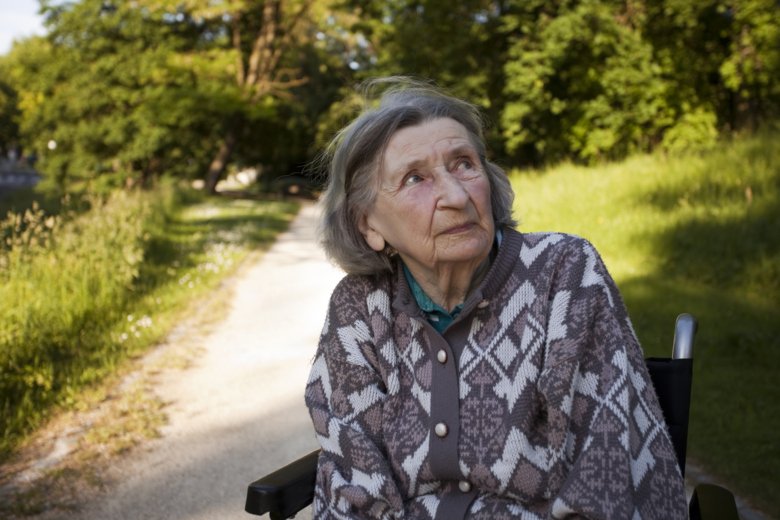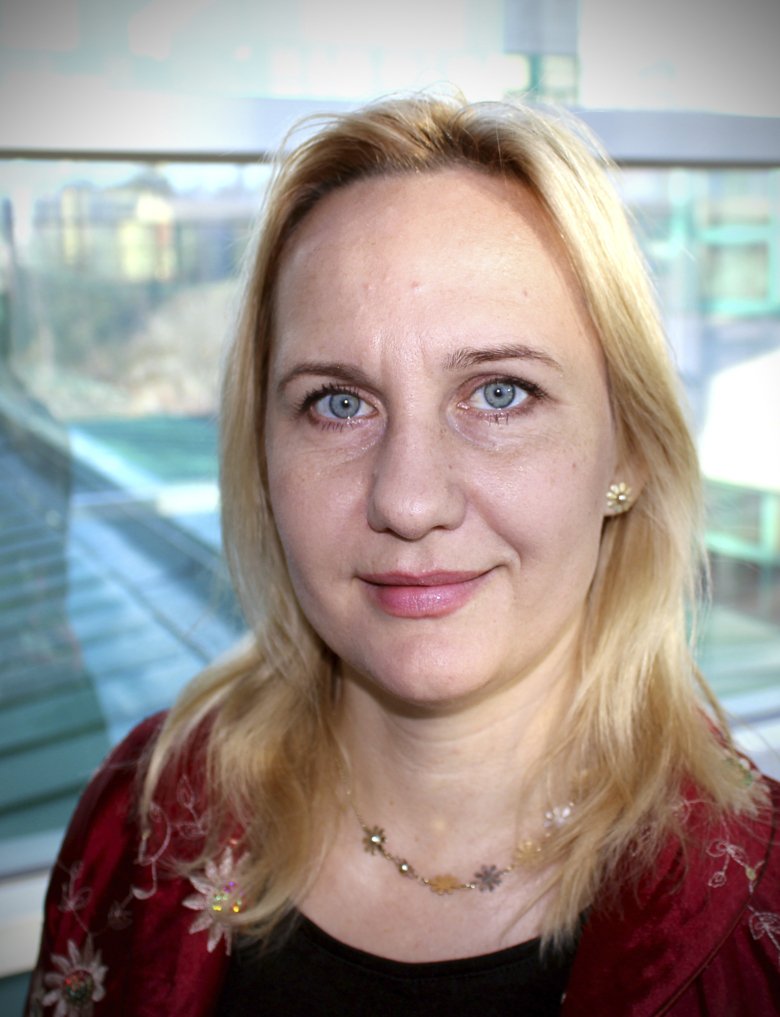Frailty a better prognostic factor than age for predicting COVID-19 survival

New research from Karolinska Institutet shows that the degree of frailty, a measure of a person’s functional level before contracting the disease, can better predict COVID-19 survival than the patient’s age. The analysis of 250 multimorbid older adults who received care for COVID-19 at the Aging Theme at Karolinska University Hospital in Huddinge, Sweden also shows that three out of four of these patients survived. The study has been published in the scientific journal JAMDA.
The elderly population has an increased risk of developing severe cases of COVID-19 and dying from the disease, but individual differences are great. Sweden’s general recommendations on social distancing apply to everyone over the age of 70, regardless of one’s individual health.
Researchers at Karolinska Institutet and Karolinska University Hospital have analysed information on 250 patients who were treated for COVID-19 at the Aging Theme at Karolinska University Hospital in Huddinge between 1 March and 11 June this year. 76 per cent of the patients survived hospitalisation.
A relatively new concept

“It is gratifying to see so many of these older, multimorbid patients with COVID-19 actually survive,” says Sara Hägg, associate professor in molecular epidemiology at the Department of Medical Epidemiology and Biostatistics at Karolinska Institutet and one of the main authors of the study. “However, we do not know what happens after the period of care; what is their health like over the slightly longer term? That is what we want to follow up on now.”
Higher age, but also frailty, was linked to an increased risk of death during the period of care. Frailty is a relatively new concept that is used as a tool to describe a patient’s functional level before the individual suffered from an acute illness. A frailty score higher than five on the nine-point Clinical Frailty Scale was found to be more associated with increased mortality in COVID-19 patients than the patient’s age. A frailty score of six means that a patient needs help with all outside activities, keeping house and bathing.

May lead to improved care
“It is an interesting finding, that frailty appears to be a better measure than age in predicting COVID-19 survival,” says Juulia Jylhävä, one of the other main authors and researchers in the area of frailty in the same department. “But, of course, there are several other factors that have an effect, such as other underlying medical conditions and biomarkers. This is also something we want to look at more closely at in the future.”
Over the long term, the study may lead to improved clinical recommendations regarding the care of older patients with coronavirus disease.
Many seriously ill patients survive

“There is a need for evidence-based knowledge that can create better conditions for those of us working in the healthcare field to handle the pandemic and offer the best possible care,” says Dorota Religa, consultant at the Aging Theme at Karolinska University Hospital, associate professor in geriatrics at the Department of Neurobiology, Care Sciences and Society at Karolinska Institutet and initiator of the study. “We can see that with the right treatment, many of our older and seriously ill patients survive. That is gratifying, and more research is needed.”
The study was funded by the Swedish Research Council, the Stockholm Region (ALF funds), the Stockholm Sjukhem Foundation, the Knut and Alice Wallenberg Foundation, Karolinska Institutet, King Gustaf V’s and Queen Victoria’s Freemason Foundation, the Osterman Family Foundation and the Strategic Research Area in Epidemiology (SfoEpi) at Karolinska Institutet.
Publication
“Age, frailty and comorbidity as prognostic factors for short-term outcomes in patients with COVID-19 in geriatric care”. Hägg S, Jylhävä J, Wang Y, Xu H, Metzner C, Annetorp M, Garcia-Ptacek S, Khedri M, Boström AM, Kadir A, Johansson A, Kivipelto M, Eriksdotter M, Cederholm T och Religa D. Journal of the American Medical Directors Association (JAMDA), online 14 August 2020, doi: 10.1016/j.jamda.2020.08.014.
